10 Non-Traditional Subjects to Photograph
As a photographer, it’s important to explore new subjects and experiment with different types of photography. While it’s easy to focus on traditional photography subjects like landscapes or portraits, there are so many other interesting subjects that you can capture.
So today I’m sharing 10 non-traditional things to photograph that can help you expand your skills and creativity. Oh and give you something to capture when photographer’s child syndrome hits!
1. Textures
Textures can make for some really interesting photos. You can start looking for it in everyday objects like walls, floors, and even food.
Any lens will do, but you could use a macro lens or tubes to capture the details and patterns of the texture. If you don’t have macro gear, use your sharpest lens and focus as close as you can.
To make it even more interesting, aim to capture shots with a connecting theme then create a storyboard of your images.
Related: Macro Photography for Beginners
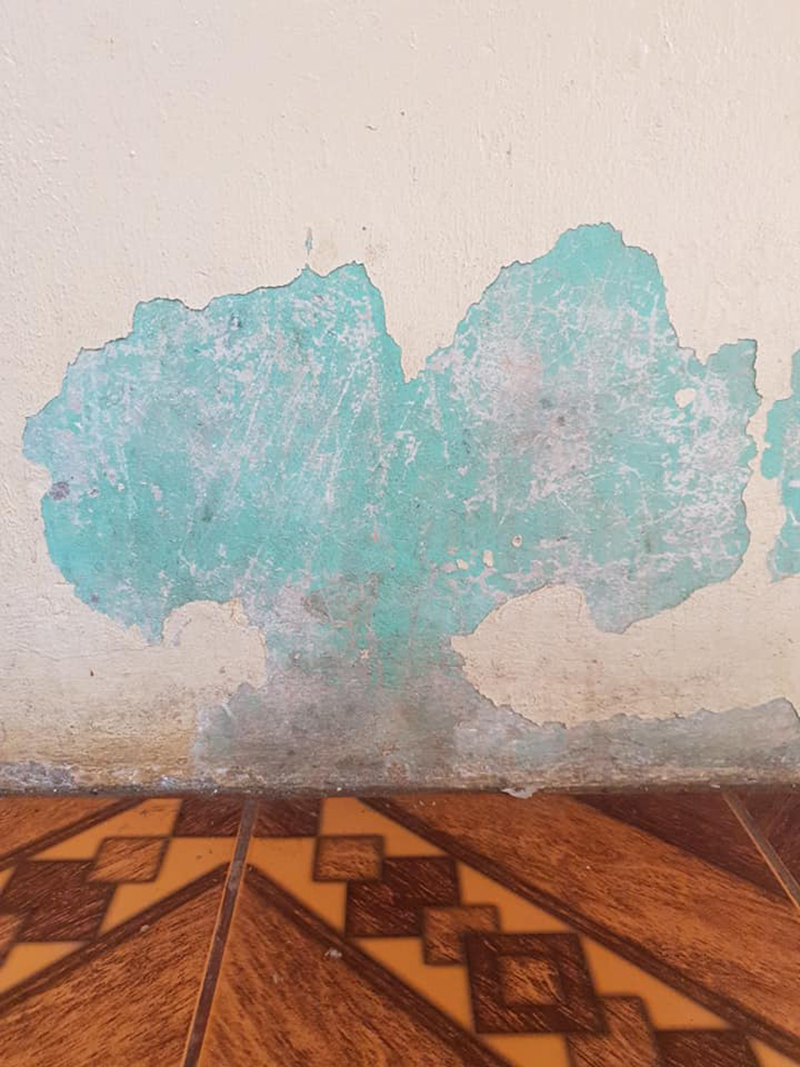
Alice Mariette, Advanced Grad

Shelly Wonders, Advanced Grad
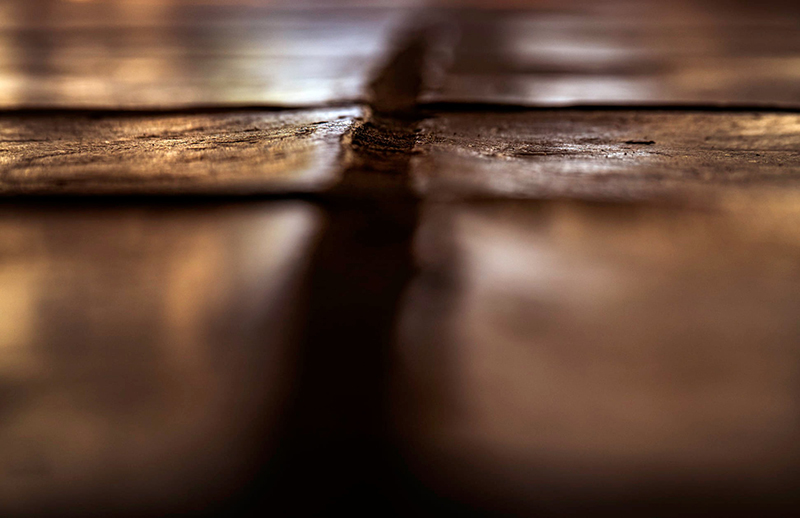
Julie Sinclair, Advanced Grad
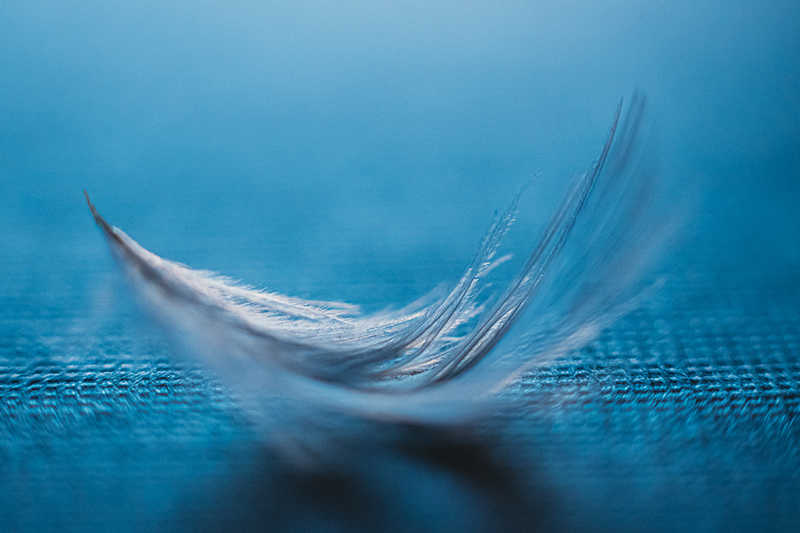
Jess Stoakes, Advanced Grad
2. Pattern & Repetition
Patterns are another great subject to photograph.
Look for repeating patterns in architecture, clothing, and nature, and experiment with different angles and lighting to capture the pattern in a unique way.
Interruption to pattern is also a powerful compositional tool.

Michelle Shrives, Advanced Grad

Renee Butsch, Advanced Grad
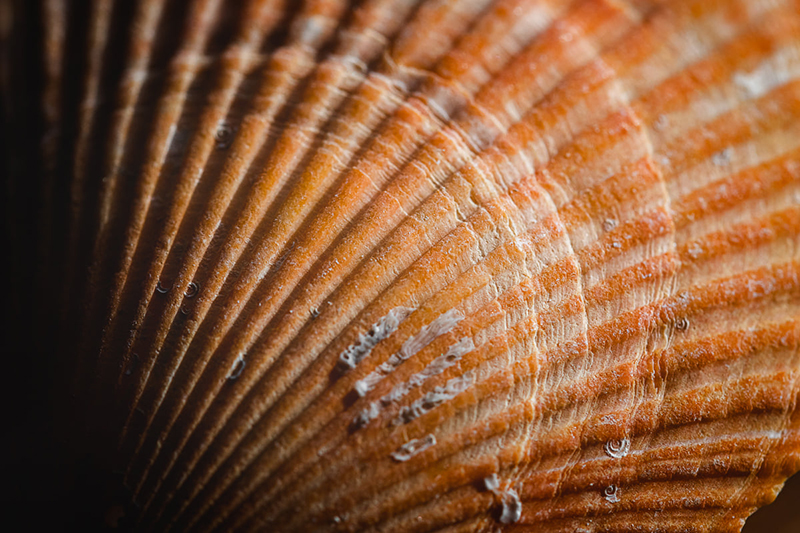
Arielle Christine Payne-Summerfield, Enthusiast Grad
3. Shadow Play
The interplay between light and shadow can create beautiful and dynamic images, and shadows can turn a very ordinary object into something really eye-catching.
Look for scenes with strong contrast between the light and shadows like the shot below. Look for interesting shadows created by buildings, trees, or people, and play with the angle and direction of the light.
To get sharp shadow lines, use apertures of no wider than around f/3.5.
Related: Shadow Photography – Embracing Hard Light

Alice Mariette, Advanced Grad
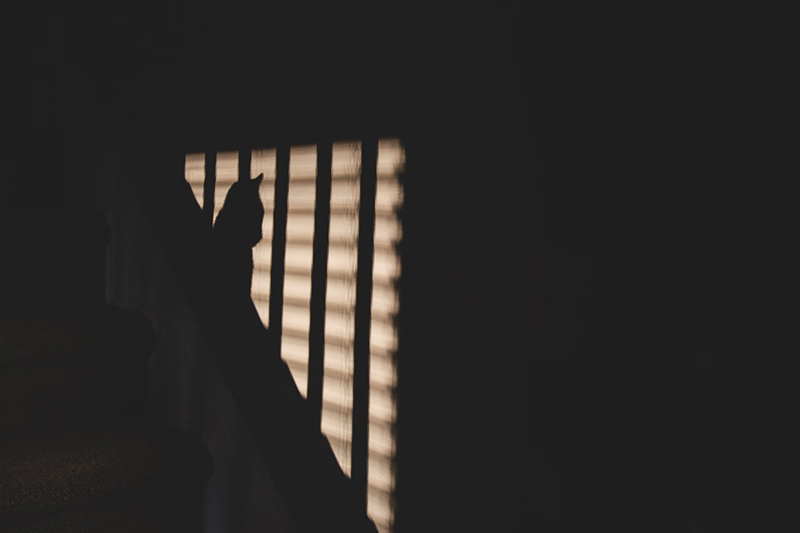
Renee Butsch, Advanced Grad
You can also set up for shadows using everyday objects. This shot was created by placing glasses on a simple sheet of A4 white paper, and laying a torch nearby just out of frame. Experiment with the position of the light to create a light pattern that is visually please. In this instance, the reflective nature of the glasses adding another element of interest.
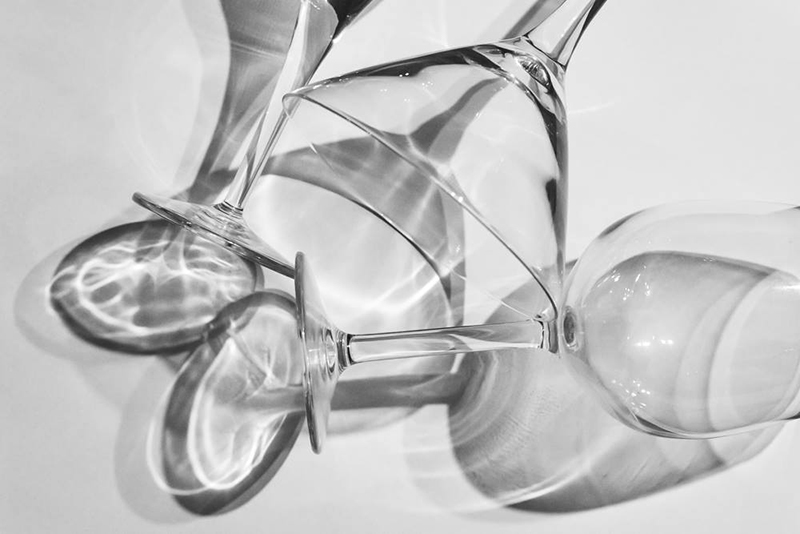
Pam Bradford, CLG Instructor
4. Reflections
Reflections can create stunning and surreal images with depth and layers, and invites the viewer to linger and look around as they take it all in. Look for reflections in water, puddles, windows, mirrors, and other shiny surfaces.
Related: 17 Ways to Use Reflection in Self Portraits
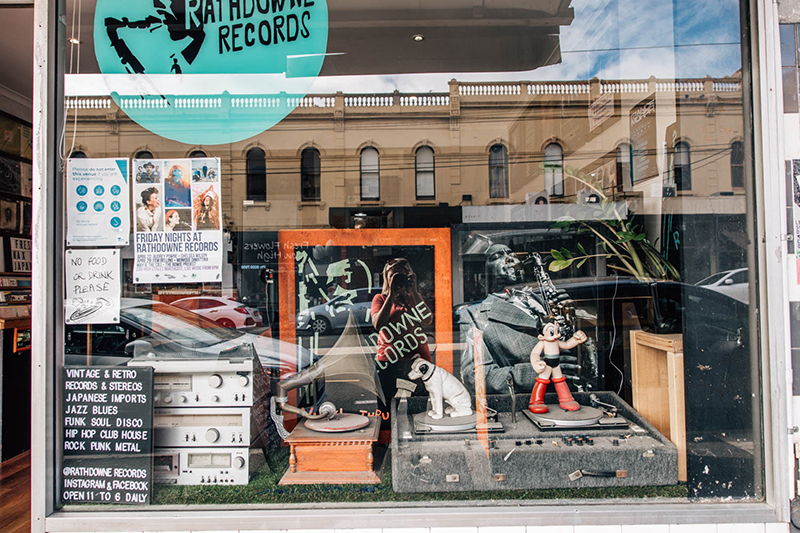
Kate McKenna, Advanced Grad
This reflection was captured in a puddle on the street, and added interest was created with blur using a Lensbaby Sweet 50.
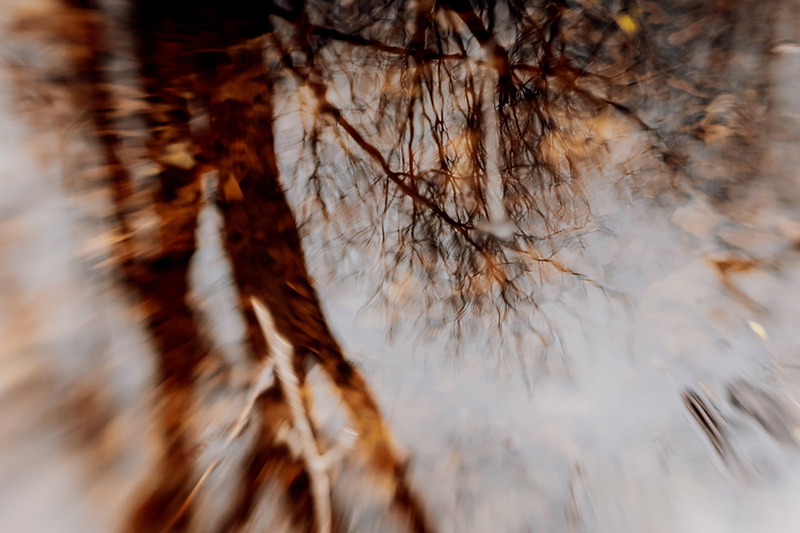
Lauren Sunnen, Enthusiast Grad
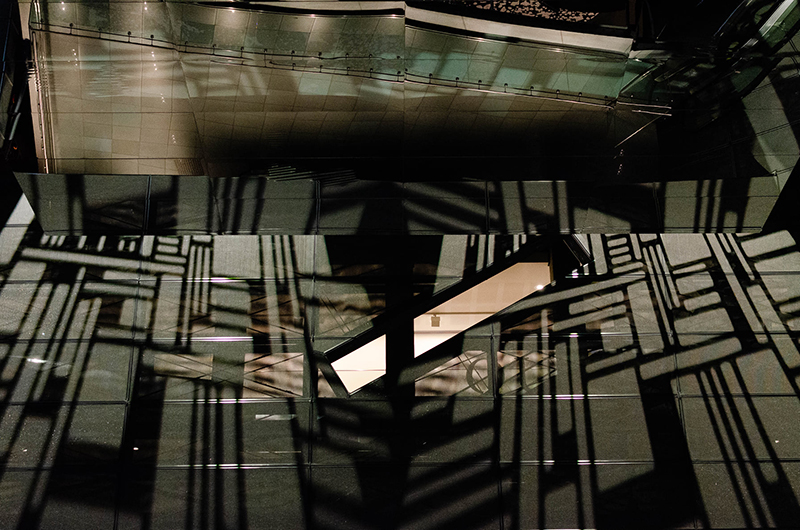
Jodi Poole, Advanced Grad
5. Shapes
Shapes can make for great subjects in photography because they’re visually interesting and can create a strong sense of structure within an image. By using shapes in photography, you can create a sense of balance, harmony, and rhythm that can be really aesthetically pleasing to the eye.
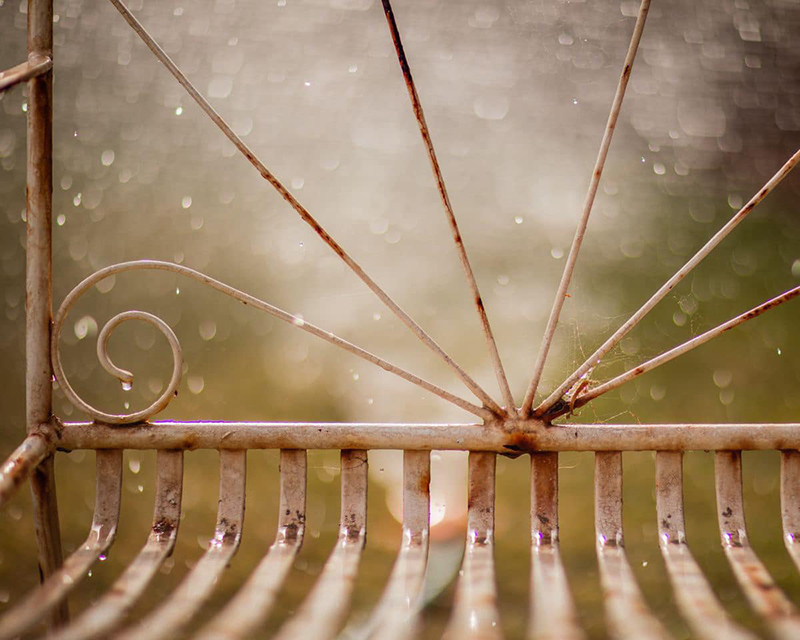
Deb Signorelli, Advanced Grad
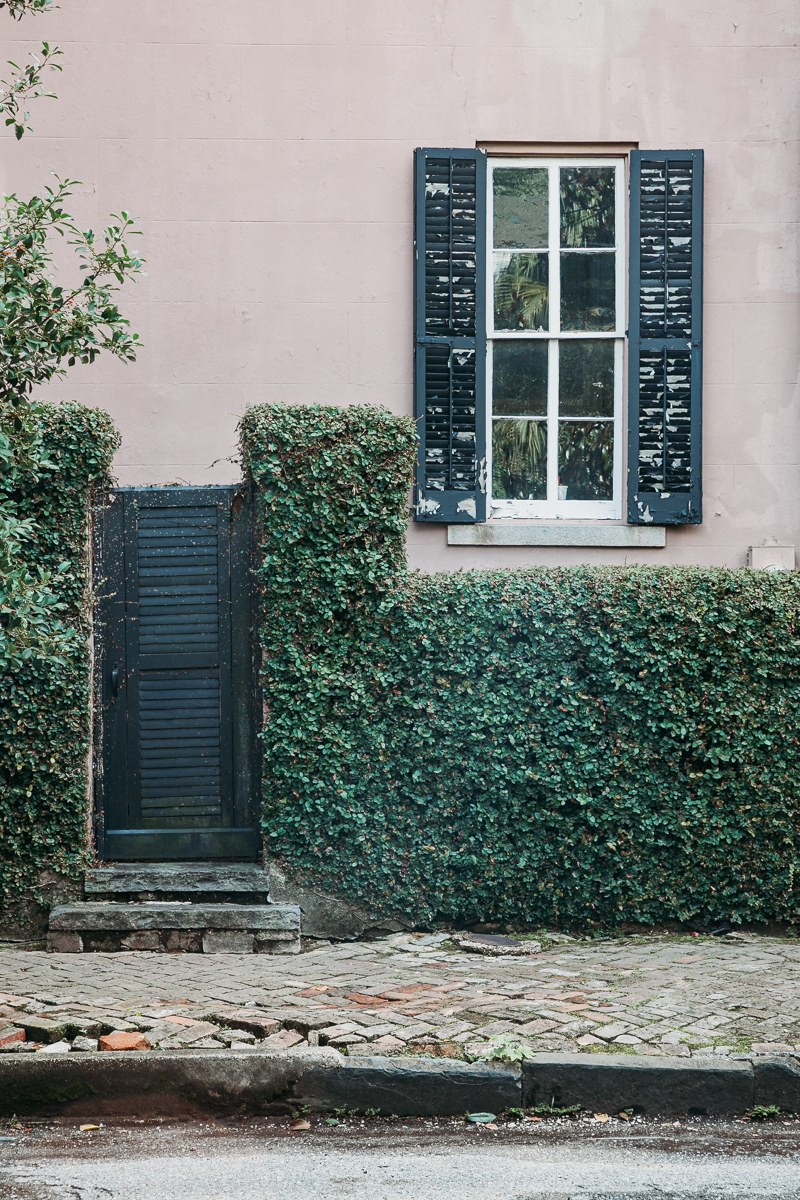
Pam Bradford, CLG Instructor

Alissa Joy, Advanced Grad
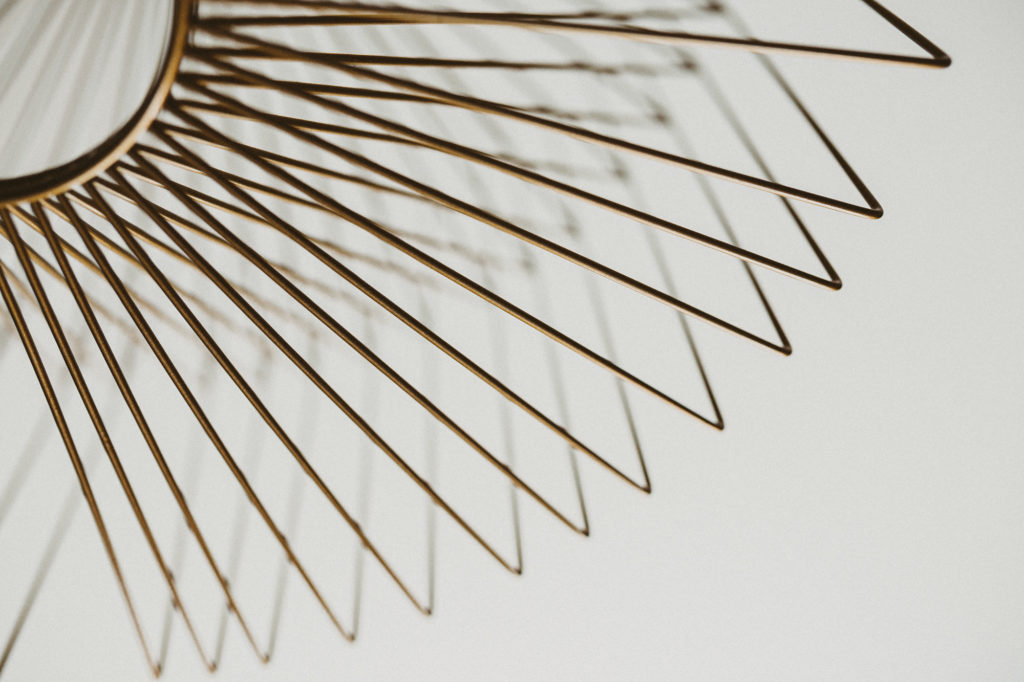
Pam Bradford, CLG Instructor
6. Street Art
Street art is a colorful and dynamic subject to photograph. Look for murals and graffiti in your city, and use creative angles and perspectives to capture the details and textures.
Use a narrow aperture of around f/6.3 to get good detail and focus.

Pam Bradford, CLG Instructor
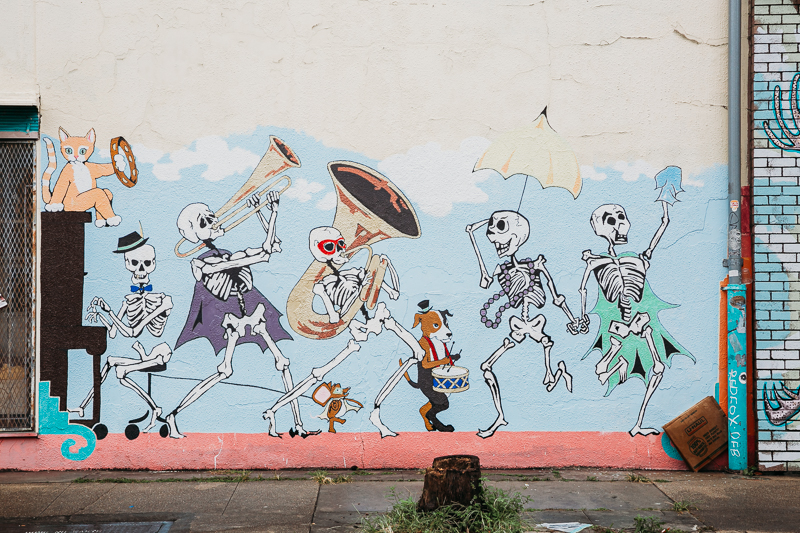
Pam Bradford, CLG Instructor
Technically not street art but ads painted directly onto walls have a retro feel and make great subjects too.
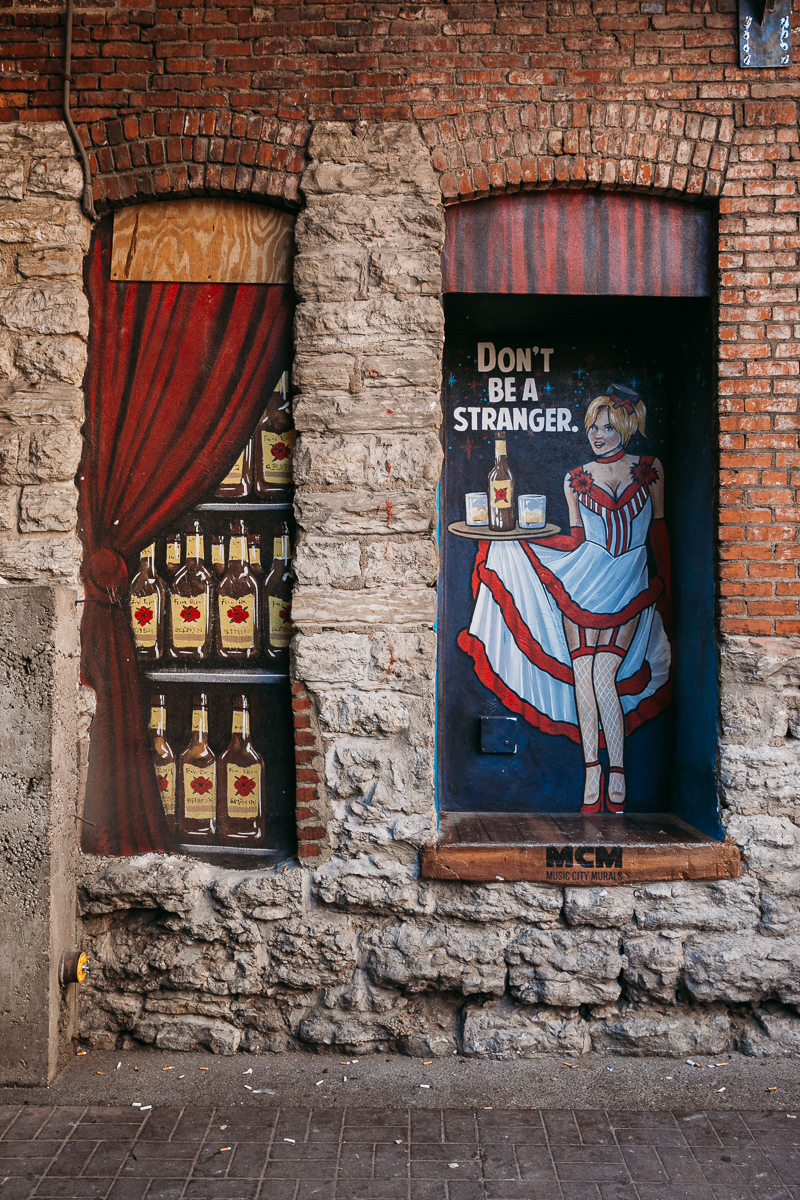
Pam Bradford, CLG Instructor
7. Abandoned Places
Admittedly this one is for the more adventurous among us, but abandoned places can be eerie and mysterious, and also beautiful. Look for abandoned buildings, factories, or even amusement parks. Think about your exposure and make mindful decisions that will capture the atmosphere of the place. Below, Almitra captured the mood of an abandoned medical facility by exposing low key, creating blur which she achieved by free lensing, and adding grain in editing.
Keep your eye out for signs letting you know if you’re not allowed to enter.
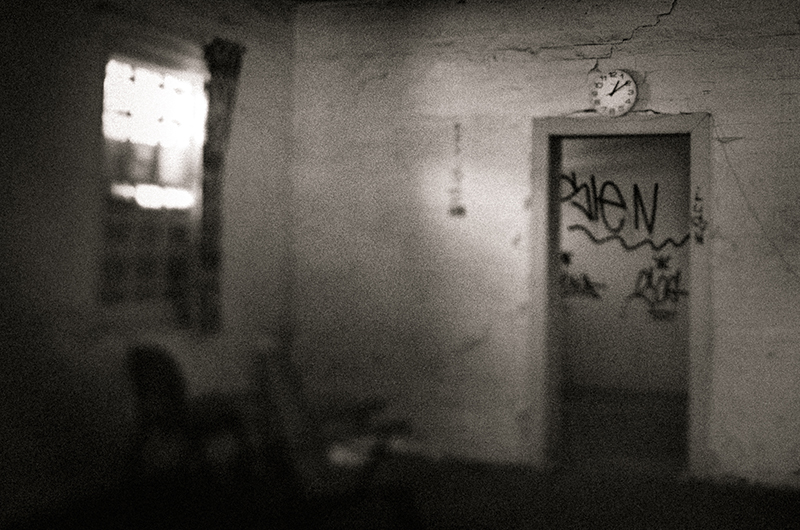
Almitra Hill, Advanced Grad
This low down perspective emphasised the varied textures of the ceiling, walls and floor and really leads the eye in.

Tracy Winning, Advanced Grad
8. Everyday Objects
Everyday objects can make for interesting subjects if you look at them from a different perspective. For example, look at them for their shape, texture, colour, or patterns. Most objects can be really visually powerful when they’re grouped together like this shot below.
Look for objects like utensils, stationery, food and even hardware, and employ some of the composition techniques we’ve talked about in this article so far such as reflections, light and shadow, repetition and interruption to pattern.
Related: Finding Magic in the Mundane – Take Beautiful Photos at Home
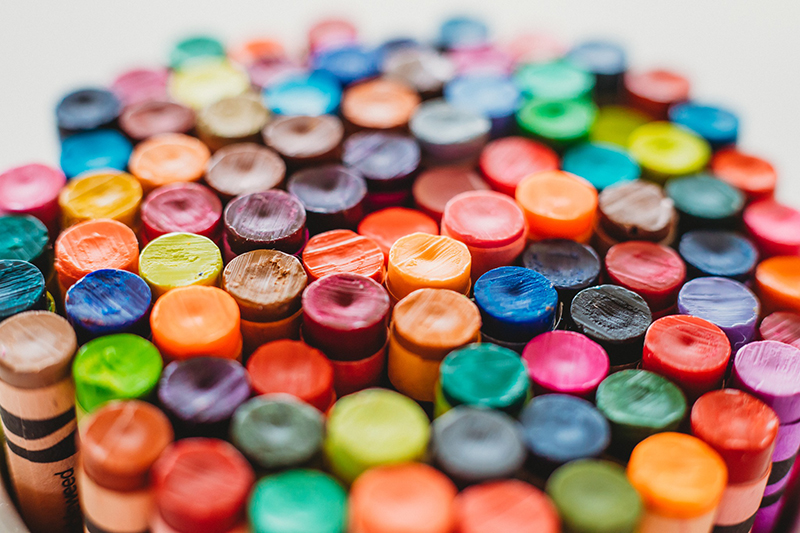
Jess Stoakes, Advanced Grad
To achieve a shot like this one below, lay your object on a reflective surface with black paper underneath. A small piece of flexible pvc from a hardware or fabric store will give you a great reflective surface and is easy to use.
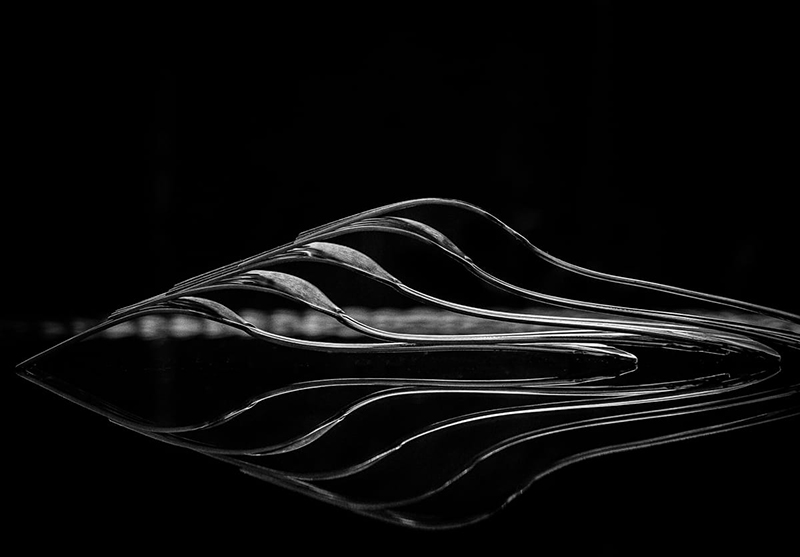
Renee Butsch, Advanced Grad
This next shot was captured using a similar set up to the one above, except the reflective surface is a mirror.

Deb Signorelli, Advanced Grad
We love this silhouette with a difference! Best achieved when the sky outside has some colour or texture in the form of clouds. This one was captured during the golden hour.
Related: How to Take Silhouette Photos

Natalie Rogers, Enthusiast Grad
This next image proves that something as seemingly mundane as a handful of steel bolts can make a really compelling photo. The shadows add depth and pattern, and by knocking one bolt down you have an interruption to pattern which is really visually powerful. Add some hard light or even just capture it in a pocket of beautiful soft golden light, and you really level up very unassuming objects.
Related: 10 Hard Light Still Life Photo Ideas
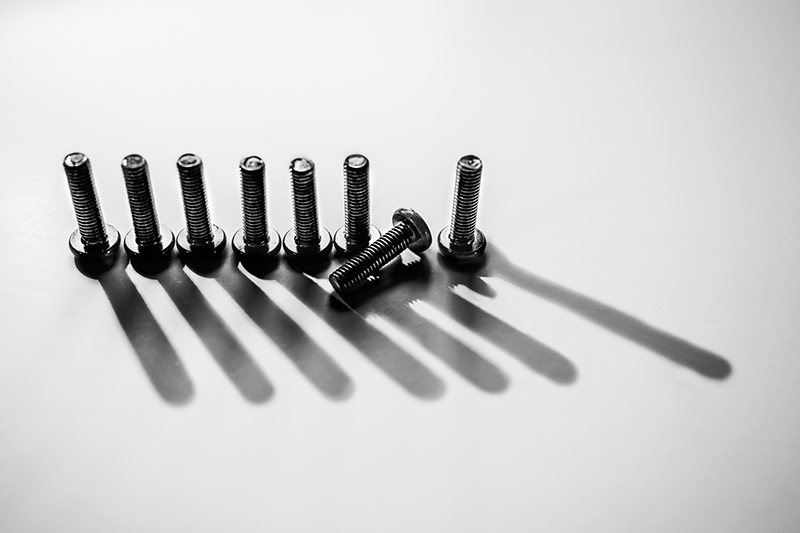
Laura Walker, Advanced Grad
9. Street Photography
Street photography can be a powerful and engaging genre of photography for several reasons:
- Capturing Real Life: Street photography captures real life as it happens, providing a window into the human experience. By capturing candid moments of everyday people and their surroundings, it can tell compelling stories and provide insights into the human condition.
- Creativity and Challenge: You’ll need a keen eye for detail, and the ability to find beauty in the mundane. You often need quick reflexes too when the planets align at just the right moment, to capture it before it’s gone. So it definitely helps to know your camera really well. It can be a challenging but rewarding genre that allows you to experiment with composition, lighting, and perspective.
- Social Commentary: It can also serve as a form of social commentary, shedding light on social and cultural issues in a powerful way. Photographers can use their images to raise awareness and spark conversations about important topics.
- Unique Perspectives: You can capture perspectives and viewpoints that might not be seen otherwise. For example, by exploring different neighborhoods, cultures, and environments, street photographers can create images that challenge our preconceptions and broaden our understanding of the world around us.
If you’re just starting out in street photography it can be hard to find compelling scenes or subjects to photograph. Rather than wandering around all day, find a location that will provide an interesting backdrop. It could be strong shapes and lines, interesting signage, a colourful mural or grafitti. Then just wait for interesting people to enter the frame and add life to the scene.
Related: Black & White Street Photography
Don’t limit yourself to the daytime! If you shooting street photos at night, the busier the city the more ambient light you’ll find. In this shot below the entrance to the train station provides enough light to illuminate subjects and provides a strong frames at the same time.
Related: 5 Tips for Stunning Nightscapes
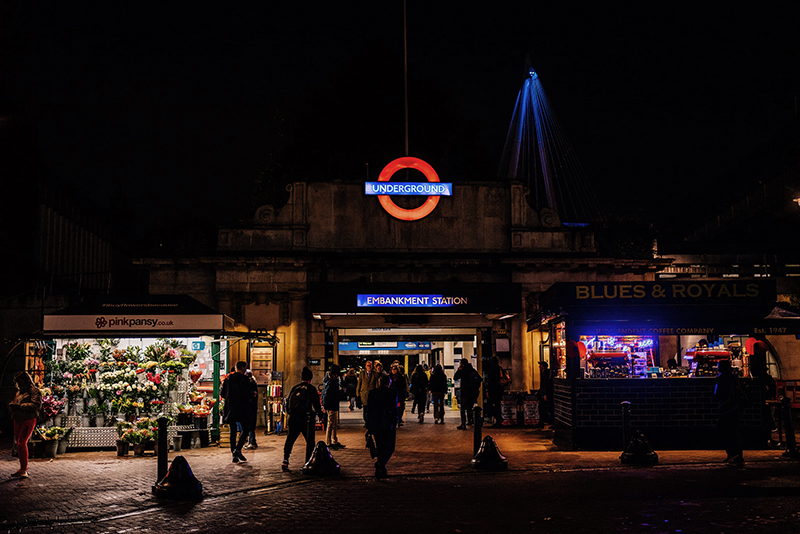
Amy Leather, Enthusiast Grad
In fact, street photography is a lot of waiting for something to happen. But you will increase your chances of getting something when you confine yourself to a great location and simply wait.
This wall with strong shapes and pattern was ideal to sit and wait for someone interesting to enter the frame. On this day I waited for someone either fabulous (because: Chanel!) or a little shabby (for contrast).
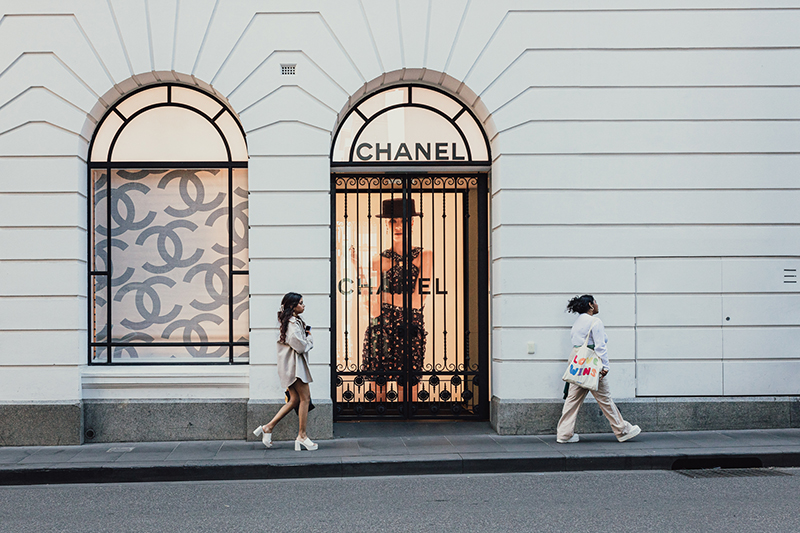
Pam Bradford, CLG Instructor
How To Focus
So how do you focus on a subject that might enter and exit your frame quickly, and is obviously on the move?
Street photography is best captured using apertures of around f/6.3 to f/8. So if you frame your shot and focus on the focal plane where people are most likely to walk through, you have enough depth of field and enough distance between camera and subject that you will get them in acceptable focus even if they’re a little closer or further than the spot you’ve aimed focus.

Pam Bradford, CLG Instructor
Don’t limit yourself to shooting an iconic entrance from the outside looking in. Go inside and capture people entering and leaving.
If it’s quite bright outside, try shooting it as a silhouette. From a practical perspective this is a way to avoid blowing out the light outside. But from a creative perspective, you can create a more artistic shot, and highlight features of the building from the inside where light allows.

Pam Bradford, CLG Instructor
Life in the outside world doesn’t just happen… outside.
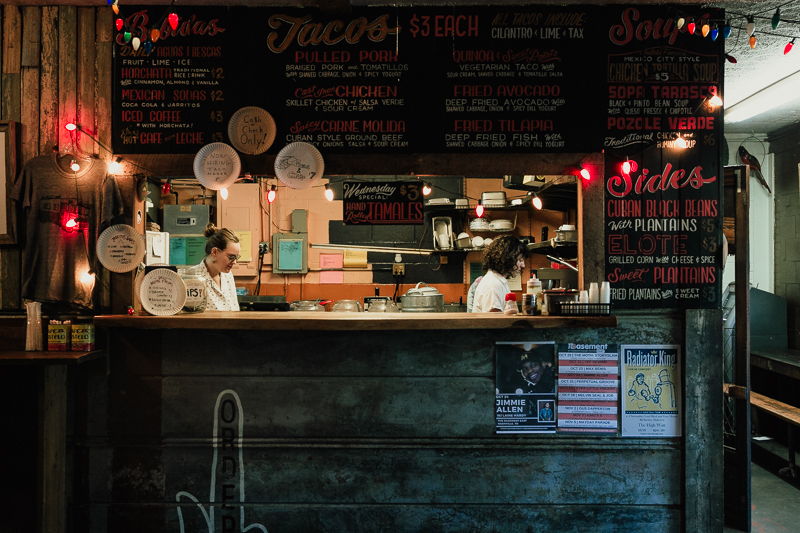
Pam Bradford, CLG Instructor
Juxtaposition is always a great subject for street photography and a fantastic storytelling tool. Notice the subtle juxtaposition here? The surf sign at the top of the frame, and a man wearing a child’s floatie enters the frame.
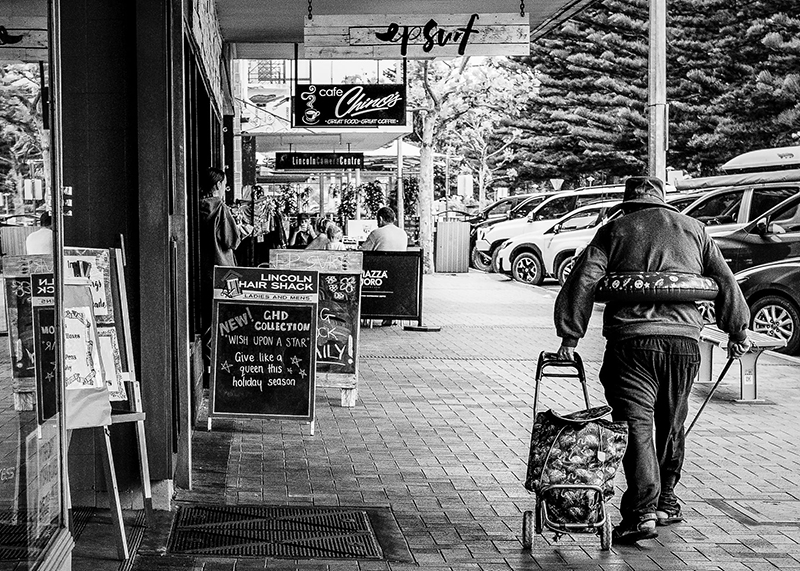
Esther Kramer, Enthusiast Grad
10. Urban Landscapes
Urban landscapes are pretty much street photography without people in the scene. Typically they’d be mid-range to wide focal length shots just like any landscape photography, and they tend to be gritty and beautiful at the same time.
Look for interesting scenes in your city, like alleyways, rooftops, and bridges. Interesting signs, shapes and shadows and instances of juxtaposition. Capture movement of vehicles and other objects with slow shutter speeds. Use creative angles and perspectives to capture the mood and atmosphere of the city.
Just like street photography, use apertures within the range of f/6.3 to f/8, depending on your subject, artistic vision for the shot and of course the available light.
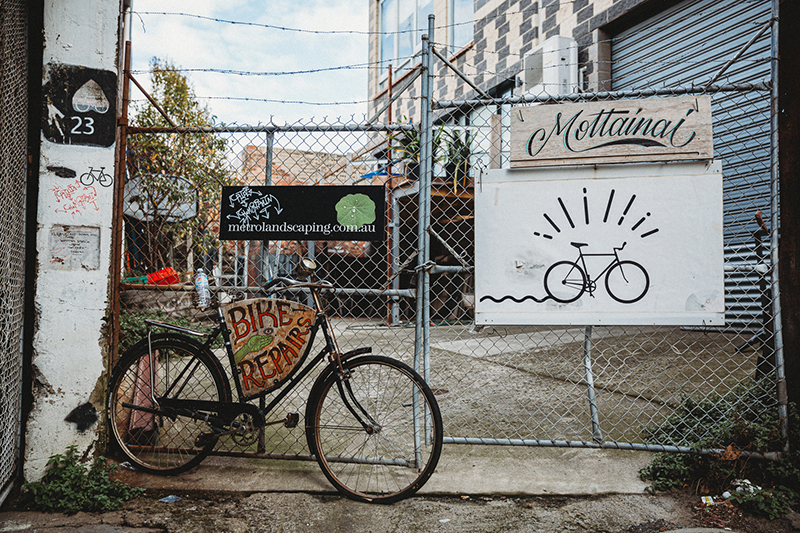
Pam Bradford, CLG Instructor

Pam Bradford, CLG Instructor
If you want to capture iconic landmarks without the crowds, try getting up well before they open. This was shot at the Lorraine Motel in Memphis at around 6am – in another 3 hours the same scene would have been swarming with people.
The bonus of heading out early in the day is that light! Narrow your aperture to capture a starburst. The settings for this show were focal length 24mm, f/16, shutter speed 1/200, ISO 800.
Related: How To Capture Starbursts in Your Photos
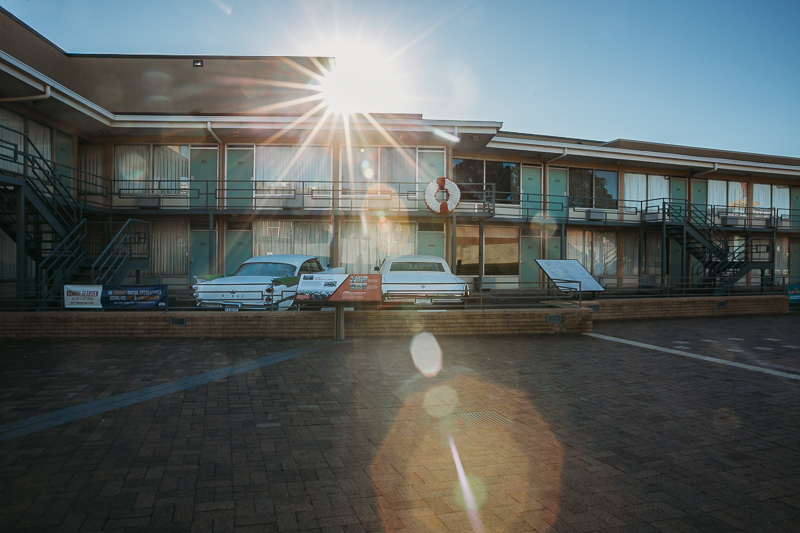
Pam Bradford, CLG Instructor
Urban landscapes don’t have to be outdoors either. I love old laundromats – you’ve got texture, layers, repetition, strong shapes, a vintage feel and the hint of community life which adds colour.
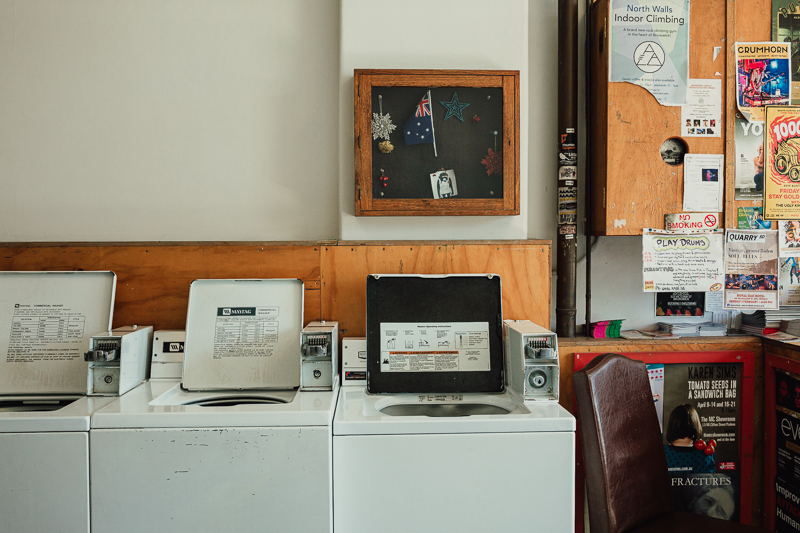
Pam Bradford, CLG Instructor
I hope you enjoyed these ideas and get out with your camera to experiment!
Join my new workshop and learn How to Shoot Pro-Quality Photos With Your DSLR… and it’s totally FREE to join! Register here…

Leave a Reply Cancel reply
PRIVACY POLICY & SITE TERMS AND CONDITONS
CLICK LOVE GROW ™ Pty Ltd - COPYRIGHT 2024 ©
x
Join Now
Enter your info below to join the challenge!
Want a friendly reminder when I go live?
Pop in your number and I’ll shoot you a text.
* We will send text reminders for our live calls during the challenge! Reply ‘STOP’ to end or ‘HELP’ for help.
We promise not to ever share your details with anyone or send you spam! Check our privacy policy and terms of service.
Be the first to comment